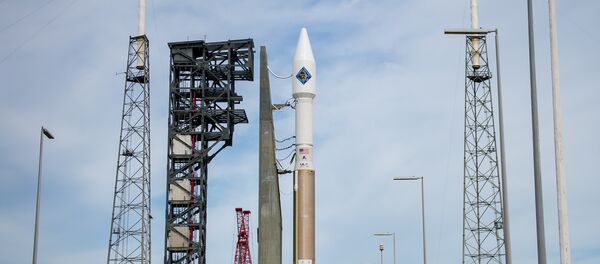https://sputnikglobe.com/20151211/iss-crew-members-1031576305.html
Soyuz Spacecraft Carrying Three Crew Members Undocks From ISS
Soyuz Spacecraft Carrying Three Crew Members Undocks From ISS
Sputnik International
Three crew members of the International Space Station (ISS), Russia's Oleg Kononenko, Japan's Kimiya Yui, and Kjell Lindgren of the United States, are... 11.12.2015, Sputnik International
2015-12-11T10:00+0000
2015-12-11T10:00+0000
2015-12-11T10:58+0000
https://cdn1.img.sputnikglobe.com/img/103157/59/1031575962_0:70:4018:2341_1920x0_80_0_0_83799a7e4d0845b51110779819d73aca.jpg
Sputnik International
feedback@sputniknews.com
+74956456601
MIA „Rossiya Segodnya“
2015
Sputnik International
feedback@sputniknews.com
+74956456601
MIA „Rossiya Segodnya“
News
en_EN
Sputnik International
feedback@sputniknews.com
+74956456601
MIA „Rossiya Segodnya“
Sputnik International
feedback@sputniknews.com
+74956456601
MIA „Rossiya Segodnya“
newsfeed, oleg kononenko, kimiya yui, kjell lindgren, international space station, soyuz tma-17m
newsfeed, oleg kononenko, kimiya yui, kjell lindgren, international space station, soyuz tma-17m
Soyuz Spacecraft Carrying Three Crew Members Undocks From ISS
10:00 GMT 11.12.2015 (Updated: 10:58 GMT 11.12.2015) Three crew members of the International Space Station (ISS), Russia's Oleg Kononenko, Japan's Kimiya Yui, and Kjell Lindgren of the United States, are returning to the Earth on the Soyuz TMA-17M.
KOROLYOV (Moscow region) (Sputnik) — The Soyuz TMA-17M, carrying three crew members, has undocked from the International Space Station (ISS) and is heading back toward the Earth, a RIA Novosti correspondent reported Friday from the RKA Mission Control Center near Moscow.
On board the spacecraft are Russia's Oleg Kononenko, Japan's Kimiya Yui, and Kjell Lindgren of the United States.

6 December 2015, 22:07 GMT
On July 23, the Russian Soyuz spacecraft successfully brought cosmonauts to the ISS.
The ISS program is a joint project among five participating space agencies: the US National Aeronautics and Space Administration (NASA), Russia’s Roscosmos, the European Space Agency (ESA), Japan’s Aerospace Exploration Agency (JAXA) and the Canadian Space Agency (CSA).
The station is divided into two sections — the Russian Orbital Segment (ROS) and the United States Orbital Segment (USOS).



